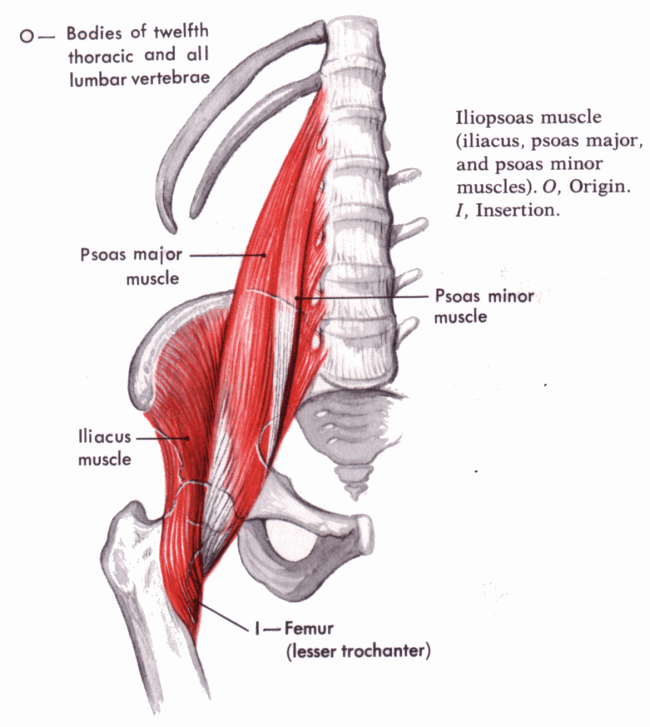I have seen and heard various information regarding the Psoas muscle lately and thought these serendipitous encounters are worth a share. In this Yoga International video, Kathryn Heagberg talks about a fascial connection between the Psoas, the respiratory diaphragm and the pelvic floor diaphragm. I have become a big advocate of practices like Yoga Nidra during pregnancy and deep abdominal breathing and this helps put it into context for me. Deep inhalation lengthens and properly stretches our Psoas muscle! While searching through the Spinning babies website I came upon this quote:
Penny Simkin brought it up this summer in her talk about What We Don’t Know About the OP Baby.It is less important to know the fetal position than it is important to respond to the needs of the birth. The muscles, ligaments and bones may need accommodation regardless of fetal position. In other words, tension in the psoas pair of muscles or pelvic floor can delay an anterior baby and a posterior baby. Extension of the anterior fetus’ head can prevent engagement in some pelvises. The main point is that we can, when needed, promote progress regardless of fetal position.
Photo taken from Web http://leelayoga.no/decoding-the-psoas-muscle/
The Psoas muscle (pronounced so-as) is the core muscle of the human body. Attaching to the spine at the 12th thoracic vertebrae (T12) and to each of the 5 lumbar vertebrae, the psoas flows through the pelvis it inserts into the lesser trocantor of the femur (leg) bone. A large massive muscle it is located one on each side of the spine and serves as a bridge between the trunk and the legs. The psoas is the only muscle to attach the spine to the leg allowing for free swing during walking.
While I do believe that a normal, natural level of simple exercise and stretching is important during pregnancy. Breathing properly in a relaxed atmosphere is most important!
There is much more I have to learn about the Psoas, birth, breathing and the body in general. But I found this so exciting I really wanted to share! Here is a quote from another site that has some great info on the Psoas:
An essential aspect of the fight-flight-freeze response, also known as the fear response, the psoas expresses our innate sense of safety. The psoas is both an instinctive as well as an emotionally responsive muscle and by tuning into this muscle (without the use of invasive or manipulative approaches), we can gain a deeper sense of calm, integrity, and empowerment.

